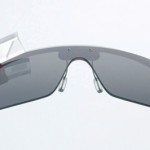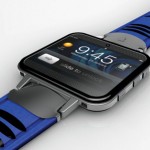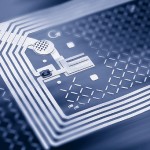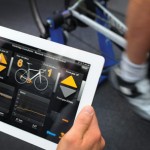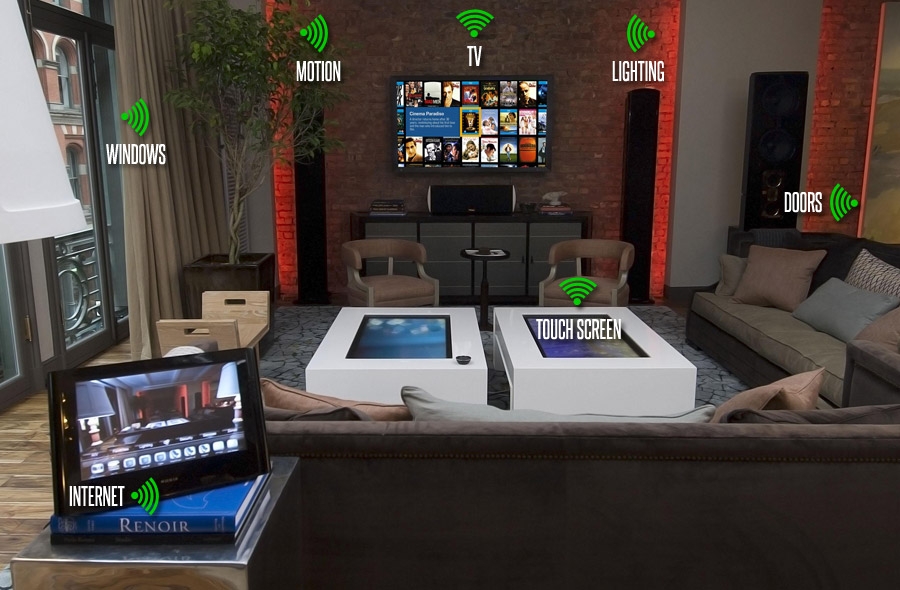
It would take 6,400 particles of Hitachi’s so-called RFID (Radio-Frequency Identification) dust to make a pile barely visible to the human eye.
The dust is small enough to be used in literally everything. Yet these impossibly small sensors have enough imbedded capability that if sprayed on fabric or combined in building materials or manufactured goods, they could record movement, report temperature and condition changes, reduce prices of goods and services and, as some have speculated, even help stop crime.
“If these old walls could speak, of things that they remember well, stories and faces dearly held, if these walls could speak”
Welcome to the age of intelligent things – where objects both ordinary and complex will connect to each other, their manufacturers, distributors, curators, service providers … and you – all in an effort to create efficiency, save money and make your life better.
“Wearable-Tech Devices – (A Market That Is Projected To Grow By Over 10 Times In Just The Next Three To Five Years) – Are A Harbinger Of Intelligent Things And Their Place In Our Lives.”
Now being referred to as the Internet of Things, its prominence is being driven by the global proliferation of mobile devices, the near-ubiquity of connectivity, increased venture capital funding for embedded-intelligence technologies and cloud computing. And this revolution in machine-human connectedness is just in its infancy.
According to ABI Research, a U.S. -based market intelligence firm, the Internet of Things contains some 10 billion+ wireless connected devices today, and will more than triple in size by 2020 as more and more objects are plugged into the global network.
I got a firsthand lesson in the value of being connected to intelligent things when I lost my iPhone– for me, not an uncommon experience. Thankfully, I have an iPad, as well, (and I knew where it was). I pressed the home key and asked Siri to find my lost phone. In a moment, an app was launched and a few seconds later a signal was emanating from somewhere in my bag (of course) and a map pinpointing its whereabouts was displayed on my iPad. My phone was telling me where it was. Smart and practical.
“The Trov Mobile App Enables Our Members To Snap A Picture Of Any Item They’ve Acquired, Add Any Support Info Like A Receipt, Package Art Or Bar- Or QR-Code – And Send It To Their Trov.”
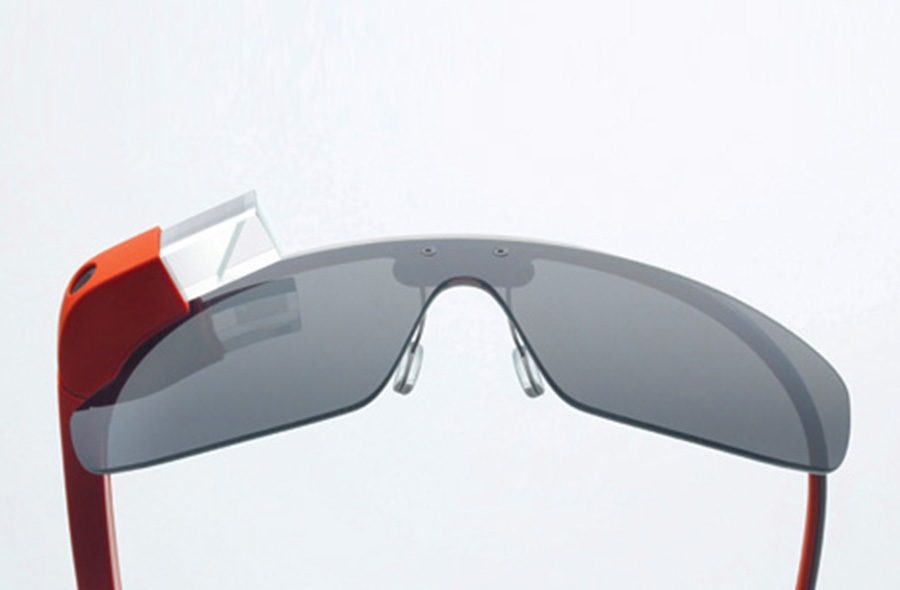
Wearable-tech devices – (a market that is projected to grow by over 10 times in just the next three to five years) – are a harbinger of intelligent things and their place in our lives. For example, my new Nike+ running shoes come with a sensor that tracks my run and sends the data to my smartphone, and it connects to its own social network where other shoes are communicating the athletic feats accomplished by their wearers. They can even automatically tweet the status of my run and post a report on Facebook. Really.
And some of the most interesting innovation is taking place in the mundane, everyday stuff that we take for granted. Already, advances are being made in the design of appliances, automobiles, A/V equipment and even building materials, granting them a level of sapience that will alter the way you interact with and benefit from the things around you.
Take for example, a “smart” light bulb (already in the lab at Phillips) that knows when it will expire and is connected to a communication grid. As its average useful life approaches an end point, the smart bulb would communicate its need to be replaced to an interconnected web of supply chain participants. Not only would you the homeowner (or maintenance provider) more effectively manage your property, but the ripple effect could have significant impact on the economy and even the environment.
As the supply chain becomes more efficient from this automated demand awareness, prices could drop and margins increase. Since suppliers could more efficiently manage their inventories, capital tied up in excess stock could be released into the market to encourage expansion, job creation and research. Smart items communicating their projected demand could even be automatically delivered from manufacturers directly to homes and businesses without having to make a trip to the retailer – thus saving money, fuel and manpower costs.
While these emerging devices aren’t exactly sentient, you’ll know this soon-to-come breed of things because – unlike all things today – they will be “born digital.” These intelligent devices will be imbedded with the ability to collect and/or store information, connect to the Internet or to other devices, and generally communicate to humans through a smartphone – which is said to be the personal hub through which various tech-infused accessories will function and interconnect.
Early Apple “iWatch” concept may include many iPhone capabilities, however over the next decade, the din of electronic chatter from billions of connected devices could easily overwhelm the ability for their human owners to process – or benefit from – the noise. The machine-human interface will emerge as one of the most important challenges facing the technology community: Will your shoes use email to let you know that they’ve reached their recommended maximum running miles? Will your car post a message on your Facebook page warning you of a potential fan-belt malfunction? Or will your umbrella text you that you’ll need to take it with you because the barometric pressure is dropping? Of course, the notion that your inboxes and social pages will be cluttered with messages from your refrigerator or art collection seems preposterous, but the newly liberated vox machina will surely demand a muzzle.
Solving the challenges of collecting and usefully managing the information about personal property is the purview of a handful of emerging companies whose expertise is being pointed at automating the gathering, organization and maintenance of all that information.
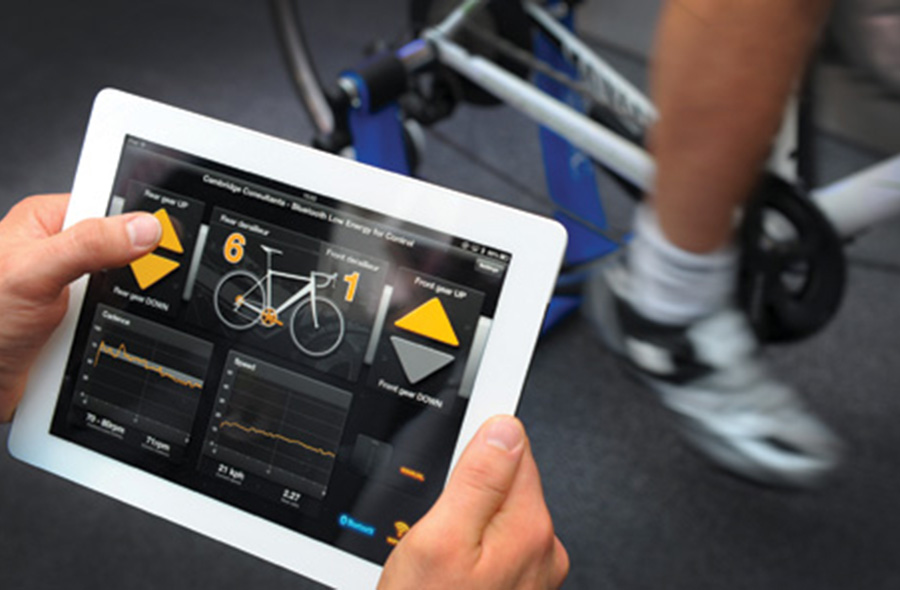
At Trov (the company of which I am CEO), we are developing technologies, partnerships, methods and applications to collect and tame the unruly mass of data about every thing in our members’ lives. At the core of our innovation is a private online digital locker where the information about property and possessions is collected and securely managed (we call it a Trov, like treasure trove). Since most of our members’ important personal property is located in their private spaces, we’re training the world’s leading appraisers and insurance risk managers to use our Trov Collect application when they’re in their clients’ homes. With the acquired information we activate a Trov – and with it a complete knowledge of what they own, where it’s located and what it’s worth … securely accessible anytime, anywhere.
To add new acquisitions automatically to a Trov, we’ll be integrating at retail points-of-sale (retailers will ask, “would you like me to Trov that?”), accepting emailed electronic receipts (“send it to my Trov”), embedding into on-line merchants’ check-out (“add this item to my Trov”), and deploying a mobile application. The Trov Mobile app enables our members to snap a picture of any item they’ve acquired, add any support info like a receipt, package art or bar- or QR-code – and send it to their Trov. And with our member’s permission, we’ll collect their purchase histories from their favorite on-line stores and automatically fill their Trov with their choice of items.
Scott Walchek of Trov
Today, this requires special applications and processes, but in the future the effort to collect the information about personal property will be dramatically decreased because smart objects will be broadcasting it of their own accord. And as that happens – when the things in your life find their voice and are connected to you – then indeed even your walls may have something to say.


